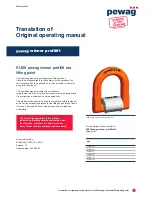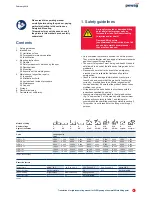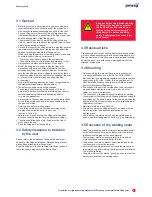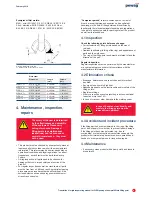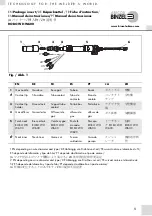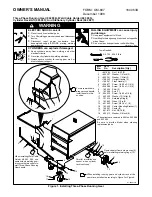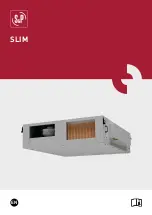
2
Translation of original operating manual for PLEW pewag winner profilift eta lifting point
February 2018
Please read this operating manual
carefully before using the product, paying
particular attention to the sections on
Safety and Mounting.
This product may only be used once all
the points in this manual have been fully
understood.
Contents
1. Safety guidelines
2. Intended use
2.1 Limitations of use
2.2 Foreseeable improper operation
2.3 Identification
3. Mounting instructions
3.1 General
3.2 Safety measures to be taken by the user
3.3 Residual risks
3.4 Mounting
3.5 Execution of the welding seam
4. Maintenance, inspection, repairs
4.1 Inspection
4.2 Elimination criteria
4.3 Accident and incident procedure
4.4 Maintenance
4.5 Repairs
5. Storage
6. Decommissioning
7. Declaration of conformity
1. Safety guidelines
A wrongly mounted or damaged lifting
point as well as improper use can
increase the risk of accidents leading
to injuries and/or death!
Damaged lifting points
(see maintenance instructions) can fail
even under normal circumstances –
they must not be used.
• Only competent persons are allowed to use this product.
They must be familiar with and apply all relevant standards
and country-specific regulations.
• The user of this product must be in good health. He/she is
not allowed to be under the influence of drugs, alcohol or
medication.
• Please make sure that in the event of an emergency,
a rescue plan is available that includes all possible
emergencies.
• Check for visible damage (deformations, cracks) prior
to each use and ensure that the product is functioning
correctly – brackets have to be tiltable (alignable with
the load direction). Ensure that the product has not been
modified in any way.
• All repairs must be undertaken in accordance with the
instructions specified by pewag.
• Loading must always take place in the stated direction
(fig. 1 under section 2 of this manual), with the maximum
load capacity according to table 1 and taking into
consideration the operating conditions stated in section 2.
• This product is not intended for the lifting or holding of
persons.
Code
Load capacity
[kg]
PLEW 1.5 t
2,500
1,500
5,000
3,000
2,100
1,500
3,100
2,200
1,500
1,500
PLEW 2.5 t
4,000
2,500
8,000
5,000
3,500
2,500
5,300
3,700
2,500
2,500
PLEW 4 t
6,000
4,000
12,000
8,000
5,600
4,000
8,400
6,000
4,000
4,000
PLEW 6.7 t
10,000
6,700
20,000
13,400
9,400
6,700
14,200
10,000
6,700
6,700
PLEW 10 t
15,000
10,000
30,000
20,000
14,100
10,000
21,200
15,000
10,000
10,000
PLEW 19 t
25,000
19,000
50,000
38,000
26,800
19,000
40,300
28,500
19,000
19,000
Table 1: Load capacity
Method of lifting
Number of legs
Angle of inclination
1 1 2 2 2 2 3+4
3+4
2 3+4
0°
90°
0°
90°
0°–45° 45°–60°
0°–45° 45°–60°
unsymm.
unsymm.
Reduction factors
Temperature
below -20 °C
-20 °C to 200 °C
200 °C to 300 °C
300 °C to 400 °C
above 400 °C
Reduction factor
Not permissible
1
0.9
0.75
Not permissible
Shock loading
Slight shocks
Medium shocks
Strong shocks
Reduction factor
1
0.7
Not permissible
Table 2

